Emily Kame Kngwarreye Art Project
Colours are very important in Aboriginal artwork and each colour has its own meaning. The sacred colours are black, red, yellow and white.
Aboriginal art is also mostly made up of dots and lines, which are personal to each individual tribe. One tribe would not be allowed to use a particular dot style belonging to another tribe.
For this project, think about which colours and patterns are important to you and what they mean for you.
For example, look at where you live on a map.
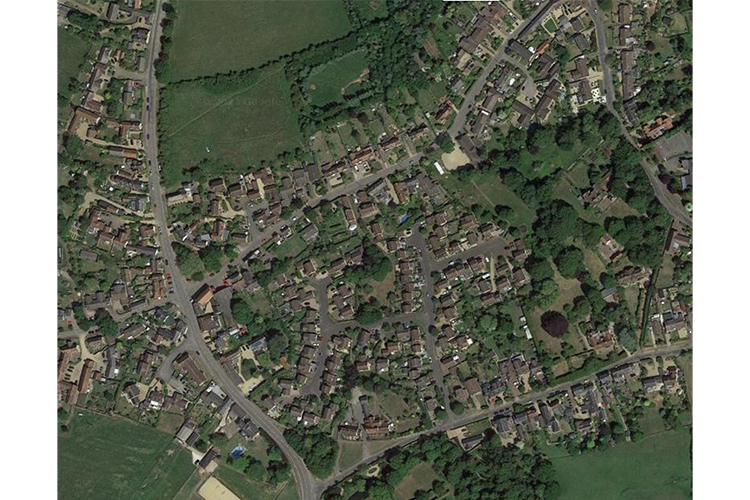
Trace the lines of the roads.
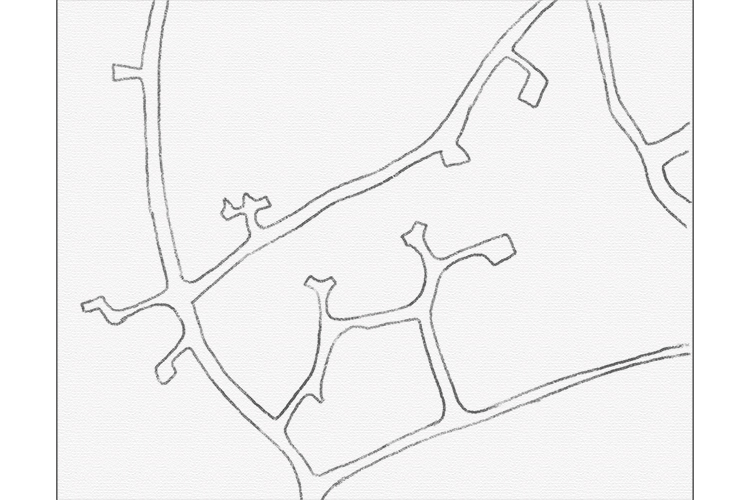
Paint the areas around the lines one colour. Try choosing a colour that will help the other colours stand out.

Apply different coloured dots with a cotton bud. Give each colour a different meaning: for example, yellow is where you walk your dog, blue is the route to all your friends' houses, bright green are all the houses you've never visited, orange marks out all the trees and pink marks where the fields are. You can use any colour and any meaning behind the colours.
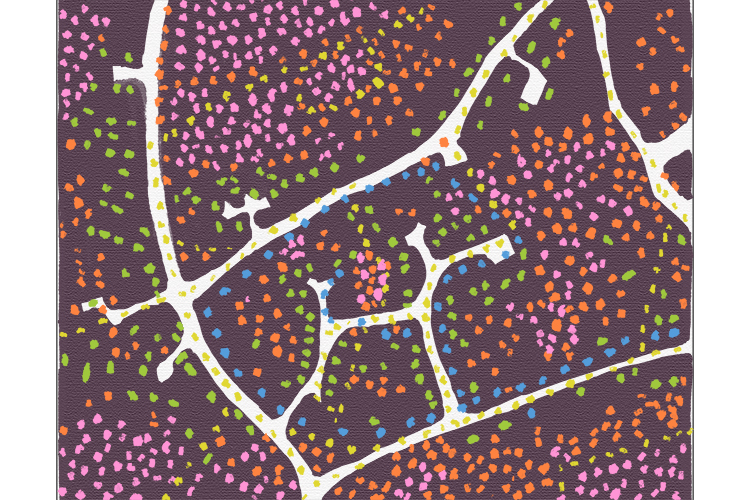
Emily Kame Kngwarreye Art Project 2
Aboriginal people use face painting for many different things and all of them have very special meanings for each tribe.
Try to create your own personal design, which has meaning for you!
First sketch out a basic face shape. You might need several, depending on how many test designs you do.
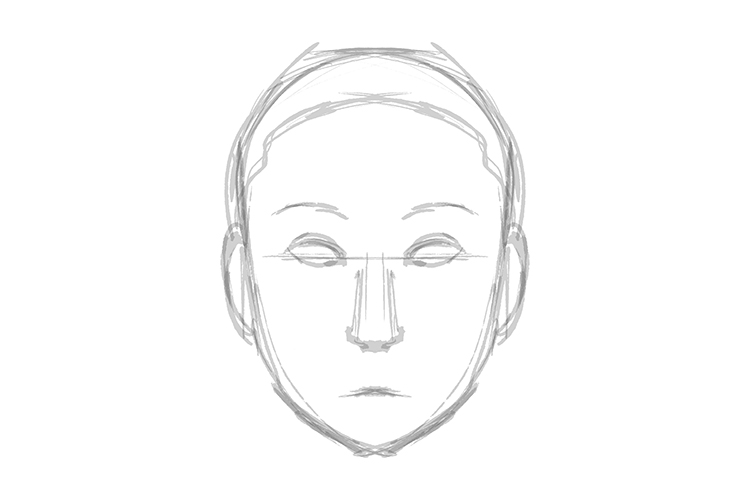
Test different markings and colours and meanings behind them until you find one you like. You could draw symbols that are meaningful to you or paint dots that follow the contours of your face.
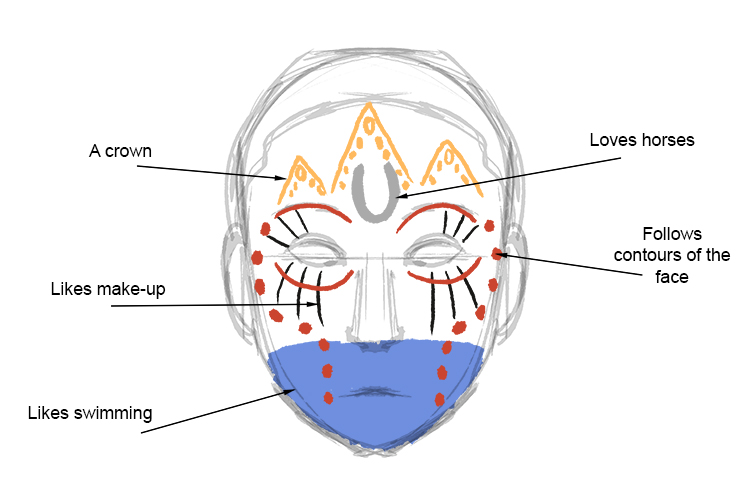
Using skin-safe paint, use brushes and cotton buds to apply your markings!
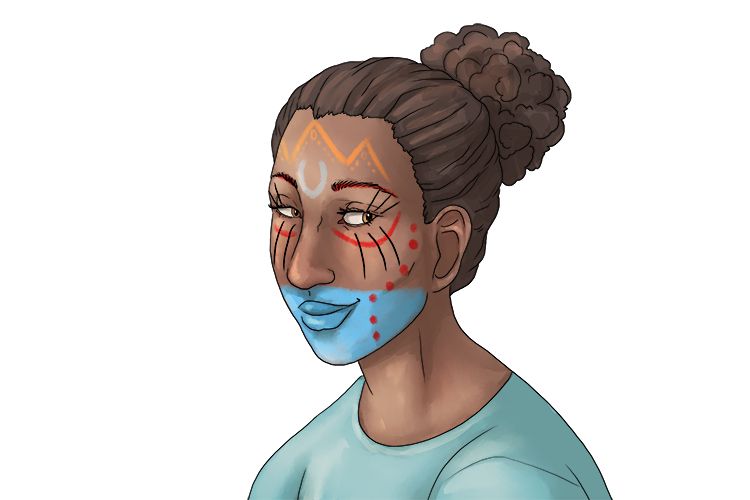
Emily Kame Kngwarreye Art Project 3
For many thousands of years people from all over the world have made paints from natural things, such as rocks, flowers and plants. Aboriginal people are no different!
There are many different ways to make natural paints with things that are easily found around the house or garden.
Although each paint will be different every time, usually turmeric with water will make orange or yellow, you can squash blueberries to make blues and purples, squeeze beetroot to make red, coffee powder with water makes brown, squashed raspberries make pink, and try crushing grass and leaves to make green. These are just suggestions: experiment by adding more water or have the mixture drier, or even try mixing two colours together and see what you can create!

Note: Some of these colours, especially turmeric, will stain, so be careful and wear old clothes!
Use a spare piece of paper to test your colours and label them.
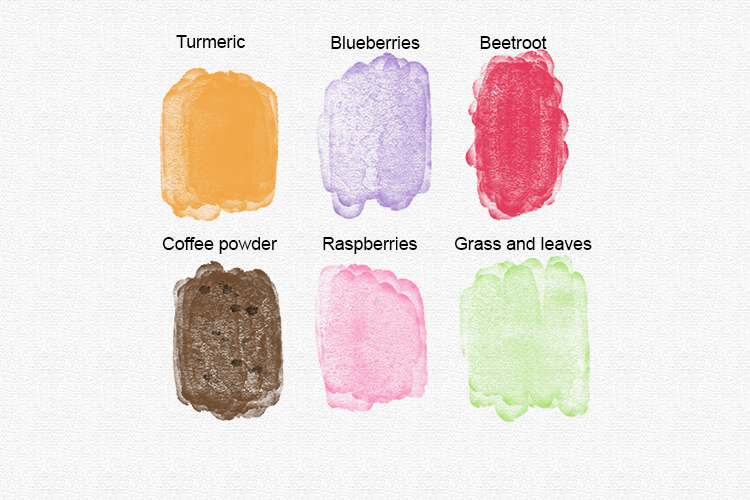
When you're happy with the colours you've made, try using them to create a dotted painting in the style of Emily Kame Kngwarreye.
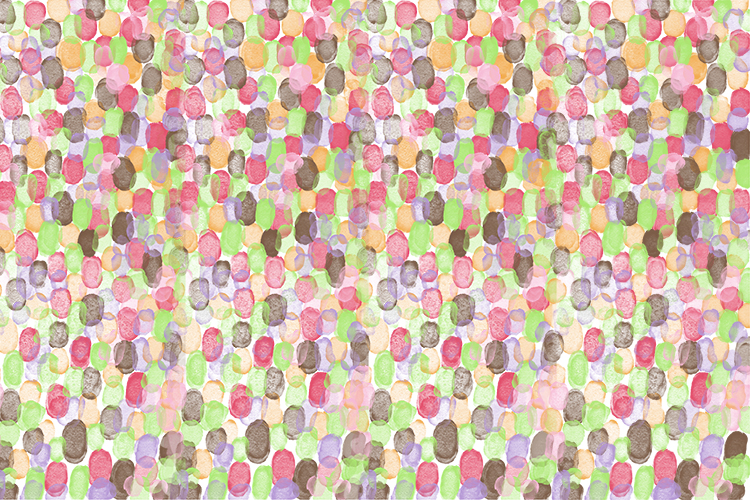
Emily Kame Kngwarreye




